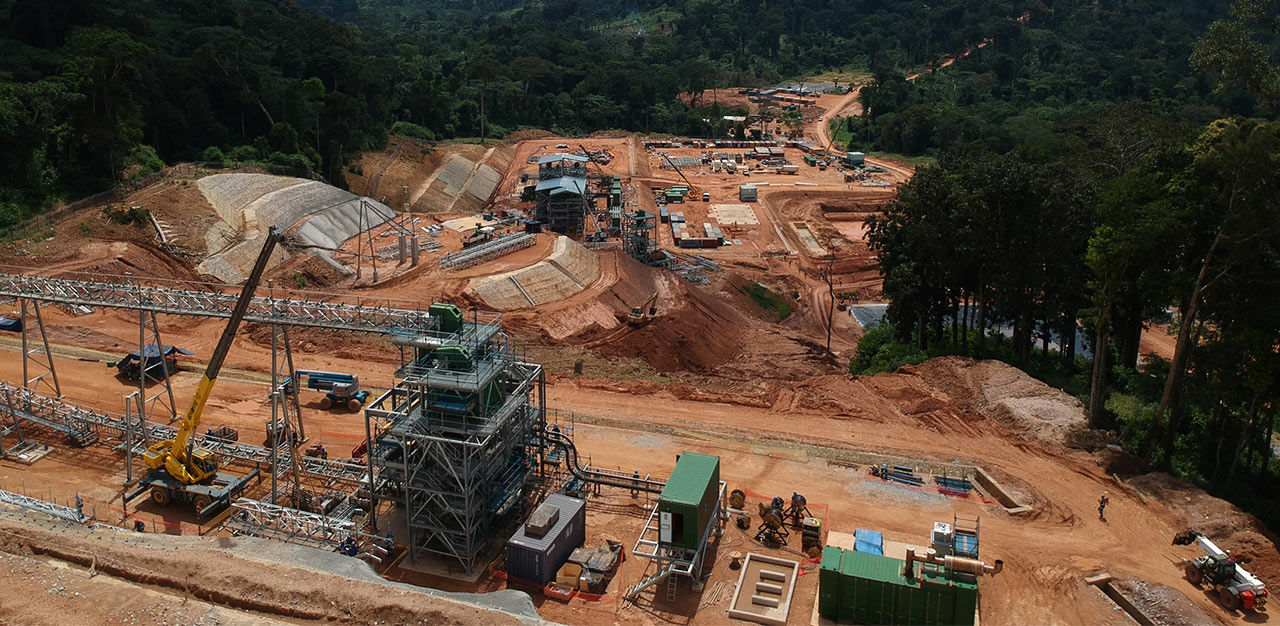Alphamin beat guidance to produce nearly 2,900 tonnes of tin-in-concentrate in the final quarter of 2020.
Tin production at the company’s Mpama North mine increased 13% quarter-on-quarter (QoQ) to post a new quarterly record. The output of 2,898 tonnes of contained tin also beat market guidance released in the company’s third quarter report of 2,600 – 2,800 tonnes. The company attributes this strong performance to unexpectedly high tin grades and recoveries during processing. Compared to Q3 2020, the processed tin grade of 4.2% Sn was some 10% higher, while plant recoveries increased 4% QoQ. In December, the processing plant set a new record for tin recovery: 77%.
Despite the strong quarter for production, Alphamin saw a 14% decline in sales. Road conditions in the area deteriorated due to adverse weather conditions, preventing the company from exporting concentrate. However, this stockpiled concentrate will help the company recover most of this shortfall once road conditions improve.
For 2020 as a whole, Alphamin produced some 10,900 tonnes of tin-in-concentrate. This exceeds its April guidance of 9,000 – 10,000 tonnes but falls just short of its short-term aim of increasing production to 11,000 – 13,000 tonnes.
To achieve this increased target, Alphamin has been working to incorporate fine tin recovery into its processing flow. Work on the fine tin recovery plant (FTP) began in April 2020 and is now estimated at 70% complete. The fine tin stream, which is currently entering the mine’s tailings, is estimated at 0.8 – 1.1% Sn, according to the company’s note from April 2020. The company expects processed ore volumes to increase by some 5 – 10% once the FTP comes online from July 2021. This is forecast to result in an extra 400 to 800 tonnes of payable tin per year.
On top of this, Alphamin is planning a drilling campaign during the second quarter of 2021 at Mpama North. The underground drilling drive will look to confirm previous work which indicates that the orebody’s life of mine could be longer than currently estimated. Holes will be drilled down-dip and along strike of the mineralisation to find the mineralisation’s limits.
Furthermore, the company are looking at expanding mining operations. Drilling has begun at Alphamin’s Mpama South deposit, which will form part of the Bisie complex once built. This initial drilling campaign is set to run until March 2021, after which the company expects to announce a maiden Mineral Resource. In Q3, further drilling to test the limits of the potential mineralisation is planned. Additional ore production from this orebody could see the company achieve production closer to the upper limits of its short-term production target.
Our view: Despite some extraordinary challenges in 2020, Alphamin has consistently met or exceeded production guidance. The company is now one of the world’s largest producers of tin-in-concentrate, with an estimated 4% of global output. In 2021, it is likely that Alphamin will strengthen its position as a major tin producer while also extending its long-term prospects with the development of another significant deposit and an extension to the life-of-mine at Mpama North.



